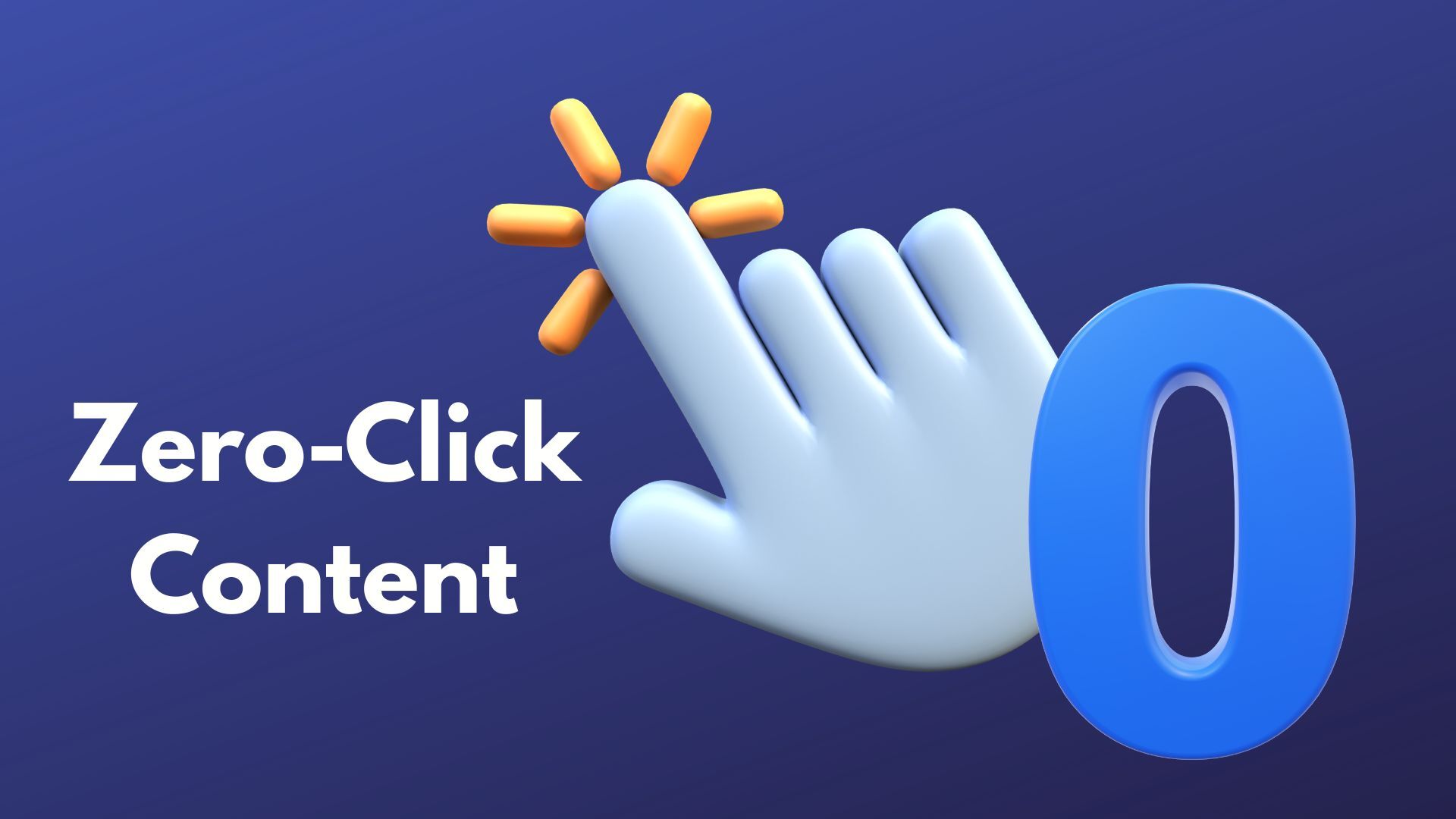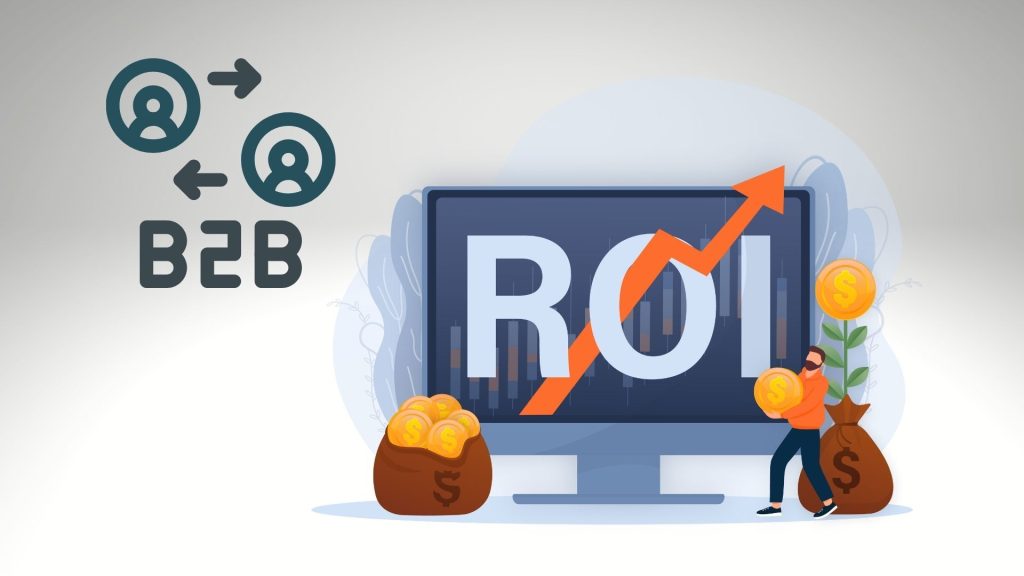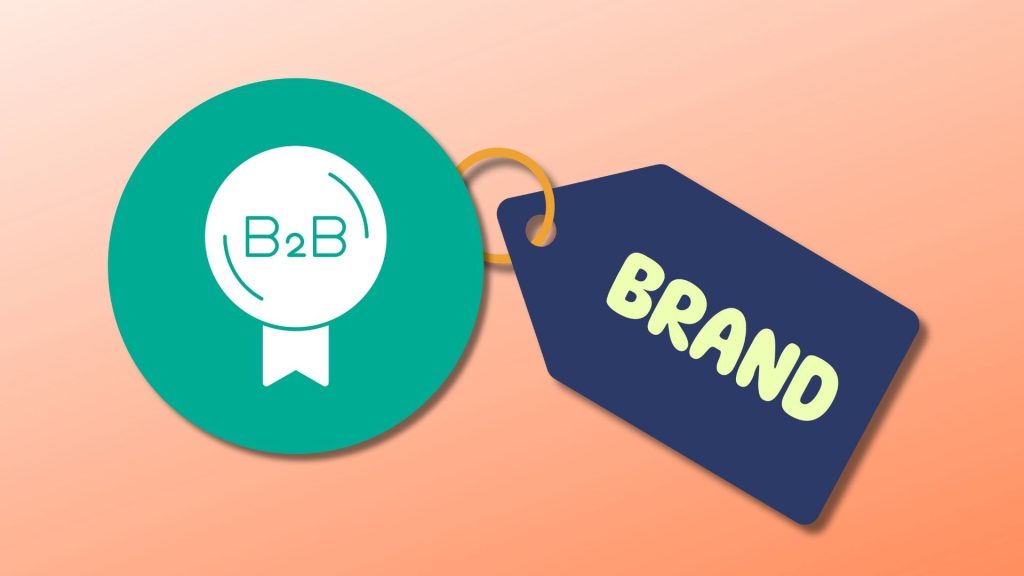What is Zero-Click Content in Digital Marketing

Zero-click content refers to the type of information that appears directly on search engine results pages (SERPs) or social media platforms, where users can get answers or insights without needing to click through to another website. It’s a growing trend in digital marketing, particularly as search engines and social media platforms evolve to provide users with quick, actionable information right on the results page or feed.
In today’s fast-paced online marketing landscape, zero-click content is a crucial consideration for marketers. With the rise of voice search, mobile usage, and changing user behaviors, people increasingly expect immediate answers. As a result, zero-click content has become a vital component of any effective SEO and content marketing strategy.
Key Takeaway:
Zero-click content delivers immediate answers directly on search engines and social media platforms, increasing brand visibility without requiring clicks. Optimizing for featured snippets, knowledge panels, and platform-specific formats like TikTok and LinkedIn boosts engagement and SEO performance. Marketers should prioritize creating concise, value-driven content tailored for zero-click experiences to stay competitive.
Understanding the Importance of Zero-Click Content in Digital Marketing
Zero-click content is revolutionizing the way online marketing operates. It’s not just about driving clicks to a website anymore; it’s about providing immediate value and answers to users. For digital marketers, understanding the impact of zero-click content is essential for staying relevant and competitive in a crowded digital environment.
In the past, the primary goal of content was to generate traffic through links that led users to a website. However, with the rise of search engine features like featured snippets, knowledge panels, and direct answers, the dynamic has shifted. Users can now find the information they need directly on the search engine or social media platforms, without having to leave the current page. This trend is especially evident on platforms like LinkedIn and TikTok, where content is optimized to engage without requiring a click.
For digital marketers, this shift means recalibrating content strategies. Instead of focusing solely on driving traffic, the focus must now also include optimizing for visibility directly on the search engine results and social media feeds.
Key Benefits of Zero-Click Content
- Increased Brand Awareness: By appearing in answer boxes or knowledge cards, zero-click content enhances your brand’s visibility and credibility, allowing users to access information without requiring them to click through to a website.
- Improved Engagement: Providing users with quick, valuable information directly within search results or on platforms like TikTok and LinkedIn increases engagement and encourages interaction with the content.
- Increase Brand Trust: Zero-click content positions your brand as an industry expert by providing authoritative answers in featured snippets and knowledge panels, enhancing trust and visibility even if direct website traffic decreases.
- Staying Ahead of Social Media Algorithms: Social media platforms prioritize content that engages users directly on the platform. By focusing on zero-click content, marketers can adapt to evolving social media algorithms, ensuring their content reaches the right audience.
Types of Zero-Click Content
Featured Snippets
Featured snippets, also known as answer boxes, are one of the most well-known forms of zero-click content. These snippets are short, concise answers that appear at the top of search engine results pages, often in a box or highlighted format. They provide users with immediate answers to their queries without needing to click through to a website. For marketers, optimizing content to appear as a featured snippet can drive significant visibility.
Knowledge Panels
Knowledge panels, also known as knowledge cards, are information boxes that appear alongside search results, providing detailed information about a person, place, or thing. They often include summaries, images, and links to additional resources, allowing users to access essential information without needing to click through. Google’s algorithms typically power knowledge panels and are a key part of the zero-click experience, especially for branded search queries.
Social Media Content
Social media platforms like LinkedIn and TikTok prioritize content that keeps users engaged directly on the platform. Zero-click content, in the form of native posts, quick tips, or infographics, allows users to consume valuable information without leaving the platform. Social media algorithms are designed to keep users scrolling, and content that provides instant value plays a critical role in this strategy.
FAQs and Direct Answers
Frequently asked questions (FAQs) and direct answers are forms of zero-click content that give users the information they need instantly. For example, if a user searches for “What is zero-click content?”, they may be presented with a brief answer in the search results, requiring no click. This type of content is especially effective when creating targeted, informative content that answers specific user queries.

How Social Media Algorithms Favor Zero-Click Content
Social media platforms are increasingly prioritizing content that keeps users engaged on the platform. TikTok and LinkedIn have algorithms that reward content designed for in-feed engagement, such as native posts and short-form videos that don’t require users to leave the platform.
The goal of these algorithms is to keep users scrolling without navigating away from the app, which is why zero-click content has become so important. By creating engaging, valuable content that answers questions or provides insights directly in the feed, marketers can align their strategies with these algorithms and increase their reach.
Effective Strategies for Creating Zero-Click Content
- Create Content that Directly Answers Common Queries: Focus on providing quick, clear answers to questions users are searching for. This is especially important for answer boxes and knowledge cards.
- Optimize for SEO: Ensure your content is structured correctly to be recognized as a featured snippet or knowledge card. Use structured data, header tags, and concise formatting to help search engines understand your content.
- Leverage Social Media: Craft engaging, bite-sized content for platforms like LinkedIn and TikTok that provides immediate value without external links. Focus on tips, lists, or quick information that users can consume without needing to leave the platform.
- Utilize FAQs: Build FAQ sections on your website and target them for search engines. FAQs are a great way to provide direct answers to common queries and improve the chances of appearing as a zero-click result.
Measuring the Success of Zero-Click Content
- Engagement Metrics: Track how users interact with your zero-click content, including likes, shares, comments, and other forms of interaction on social media platforms.
- Impressions and Reach: Measure the number of people who view your content. For zero-click content, increased visibility is often more important than the number of clicks.
- Brand Awareness: Monitor how your zero-click content contributes to building brand recognition, primarily through features like knowledge cards or featured snippets.
- Retention Metrics: Measure the frequency at which users return to interact with your content. Zero-click content can encourage users to engage with your brand over time, even without direct clicks.
The Future of Zero-Click Content
As algorithms continue to evolve, zero-click content will play an even larger role in online marketing. Search engines are enhancing their ability to deliver instant, relevant information to users, and social media platforms are refining their algorithms to prioritize in-platform engagement.
Marketers need to adapt by optimizing their content for answer boxes, knowledge cards, and social media algorithms to stay competitive. Staying ahead means embracing these changes and focusing on creating content that provides immediate value without requiring users to leave the platform.
Tips for Digital Marketers to Stay Ahead:
- Optimize for zero-click formats, such as featured snippets and knowledge panels.
- Create Engaging Social Media Content that keeps users within platforms like TikTok and LinkedIn.
- Monitor Algorithm Changes to ensure your content remains visible and valuable.
- Focus on User Experience by delivering answers quickly and clearly.
Conclusion
Zero-click content is transforming digital marketing by providing users with immediate, actionable information. As search engines and social media platforms prioritize these formats, marketers must optimize their content for visibility within featured snippets, knowledge panels, and on platforms such as TikTok and LinkedIn.
Start by refining your content to directly answer questions, creating engaging social media posts, and staying current with algorithm updates. By aligning your strategy with the growing preference for zero-click content, you can enhance brand awareness, improve user engagement, and maintain visibility in the rapidly evolving digital landscape.


